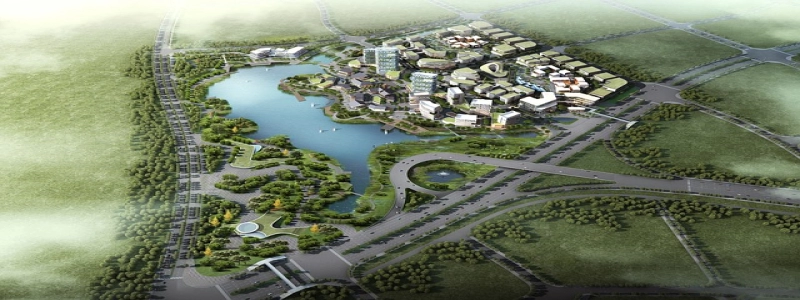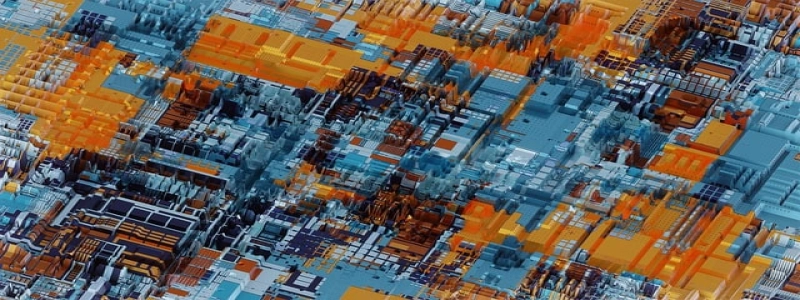Difference between Monomode and Multimode Fiber
Uvod:
In today’s rapidly advancing telecommunications industry, the demand for high-speed and reliable data transmission has become an absolute necessity. This is where fiber optic cables play a crucial role. Fiber optic cables are designed to transmit large amounts of data over long distances using light signals. However, not all fiber optic cables are the same. There are significant differences between monomode and multimode fiber that affect their performance and usage. This article will delve into these differences and provide a comprehensive understanding of monomode and multimode fiber.
jaz. Definition:
1. Monomode fiber: Monomode fiber, also known as single-mode fiber, is designed to carry a single light signal along a thin glass core. It has a smaller core diameter than multimode fiber, typically around 9 microns. Monomode fiber allows for high-speed and long-distance transmission, making it ideal for telecommunications networks and long-range communication systems.
2. Multimode fiber: Multimode fiber, as the name suggests, can carry multiple light signals along a larger glass core. It has a core diameter ranging from 50 to 62.5 microns. Multimode fiber is commonly used in shorter distance applications such as local area networks, campus networks, and audio/video systems.
II. Transmission Distances:
1. Monomode fiber: Due to its narrow core diameter, monomode fiber offers very low signal attenuation, allowing transmission over long distances. It can transmit data up to 100 kilometers without the need for signal regeneration or amplification. This characteristic makes monomode fiber suitable for long-haul network connections.
2. Multimode fiber: The larger core diameter of multimode fiber leads to higher signal dispersion and attenuation. As a result, its transmission distance is limited compared to monomode fiber. Multimode fiber can typically transmit data up to 2 kilometers without the need for signal regeneration.
III. Bandwidth:
1. Monomode fiber: Monomode fiber provides a higher bandwidth due to its light propagation characteristics. It allows for higher data rates, enabling transmission at gigabit and even terabit speeds. This makes it a preferred choice for data-intensive applications, such as high-definition video streaming and demanding enterprise networks.
2. Multimode fiber: While multimode fiber has a lower bandwidth than monomode fiber, it is still sufficient for most applications. It supports data rates up to 10 gigabits per second, making it suitable for most local area network and shorter distance data transmission needs.
IV. Cost:
1. Monomode fiber: Monomode fiber is generally more expensive than multimode fiber due to its specialized construction and higher performance capabilities. The cost of deploying monomode fiber-based networks or systems can be higher, especially for long-distance connections.
2. Multimode fiber: Multimode fiber is more cost-effective and commonly used for shorter distance applications, making it less expensive to manufacture and deploy. It offers a good balance between performance and affordability.
Zaključek:
In summary, the choice between monomode and multimode fiber depends on the specific requirements of the intended application. Monomode fiber excels in long-distance, high-speed transmission, while multimode fiber is more suited for shorter distance applications. Understanding the differences between these two types of fiber optic cables will enable organizations and individuals to make informed decisions when it comes to implementing reliable and efficient data transmission systems.







